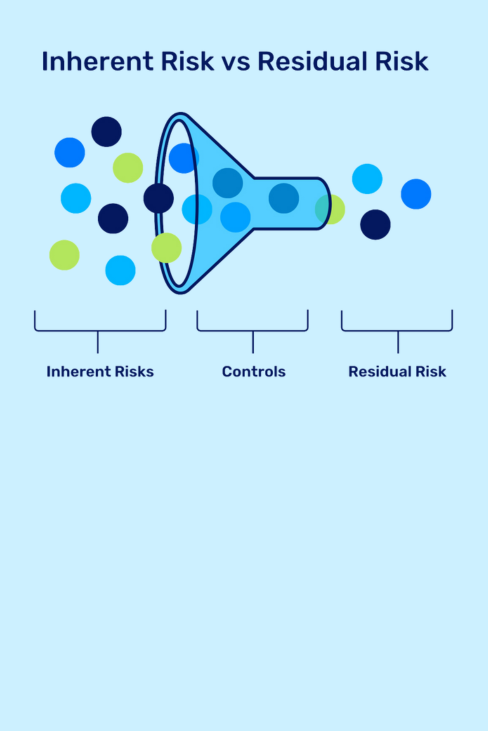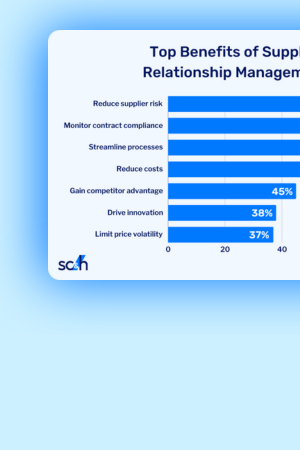When an investment fund grants a profits interest in exchange for the performance of services, it is referred to as a “carried interest,” or simply “carry.” The recipient of this carry receives a K-1 with their share of income which retains the character which it had at the partnership level – i.e. ordinary income, interest, dividends, capital gains, etc. The Tax Cuts and Jobs Act created a new holding period requirement for recipients of carried interests to receive preferential tax treatment.
Under code section 1061, for years beginning after December 31, 2017, carried interests must meet a three-year holding period to qualify for preferential tax rates on long-term capital gains. Carried interests held shorter than three years will be treated as short-term capital gains and will be taxed at ordinary rates.
There is still uncertainty regarding what the three-year holding period requirement applies to: does the three year holding period requirement apply to the holding period of the underlying investment which was sold to create the capital gain? If there is a sale, exchange, or redemption of the carried interest itself, does the holding period requirement apply to the period of which the profits interest, or carry, was held? Tax professionals are still uncertain of how this new regulation was meant to be interpreted. Until further guidance is provided, we would recommend you meet the three-year holding period requirement at both the fund-level (for the underlying assets) and at the personal level (for the carried interest itself).
Please note that carried interest rules do not apply when the recipient of the carry has a capital interest in the fund and their share of profits is determined in proportion to their capital contributions.
Planning Considerations. When this new tax law was first released, the provision stated it did not apply to any interest held by a corporation. Many funds interpreted “corporation” to include S corporations and quickly set up S corporations to hold carried interests. The IRS has since released Notice 2018-18 which has clarified that the new carried interest rule cannot be avoided by having an s-corporation hold the carried interest.
How Will This Affect Your Fund? And Should It Affect Your Investment Strategy?
For private equity fund managers, this change in tax law may have very little impact. For private equity funds, the process of investing in a company, restructuring the company for long-term potential growth, then selling the company can take several years. Since the average holding period for a private equity fund is often greater than three years, fund managers will most likely retain their preferential tax treatment on long-term capital gains.
For hedge fund managers who hold investments for much shorter periods, this will be a different story. Carried interest should be an area of discussion for hedge fund managers. For those hedge funds that make daily trades, this discussion is an easy one – managers did not qualify for long-term capital gains before and they won’t now, so the business can carry on as normal. But for those that hold investments for greater than one year but less than three years, managers should consider whether it is beneficial to restructure their portfolios and investment strategies to meet the three-year holding period.
Planning Consideration. As part of their restructuring decision, hedge fund managers should be aware that this law does not apply to regulated futures contracts or contracts to trade foreign currencies (known as 1256 contacts). These contracts are still subject to the 60/40 split – they are marked-to-market at year-end and gains are treated as 60% long-term capital gains (subject to preferential rates) and 40% short-term capital gains.
Management Fees and Carried Interests – How Should You Compensate Your Managers?
Carried interests motivate fund managers to improve the performance of their fund. A carried interest (often set at 20% of fund profits) is usually granted on top of a fixed management fee (often set at 2% of the value of assets under management).
In conjunction with other new tax law developments from the Tax Cuts and Jobs Act, such as the elimination of miscellaneous itemized deduction which will eliminate the benefit of deduction of management fees, funds have to weigh their options for how they choose to compensate their fund managers for the performance of services.
Planning Considerations. Since individual investors will no longer receive the benefit of miscellaneous itemized deductions, funds may look toward shifting management fees to carried interests. However, this shift runs the risk of having the IRS treat the carry as a “disguised payment for services” if the payment lacks entrepreneurial risk. If a manager is given a priority allocation, or allocated income based on gross income, instead of net, making the receipt of income reasonably certain, this payment will not be upheld by the IRS as a carried interest.
To discuss the change in carried interest rules and its impact on your fund and whether you should consider re-evaluating your portfolio and investment strategies, please contact us.






